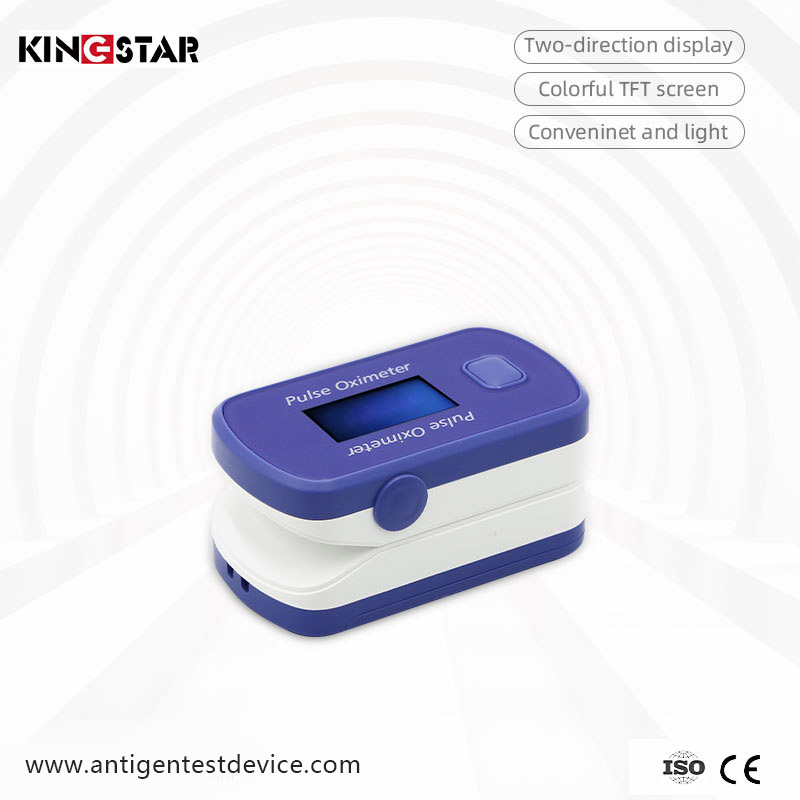Features and aspects of a fingertip digital pulse oximeter
2024-01-03
A fingertip digital pulse oximeter is a portable medical device designed to measure the oxygen saturation (SpO2) level and pulse rate of an individual. It is a non-invasive and convenient tool commonly used in healthcare settings as well as by individuals at home for monitoring their oxygen levels. Here are some key features and aspects of a fingertip digital pulse oximeter:
1. Measurement Principle:
- Pulse Oximetry: The fingertip pulse oximeter uses a technology called pulse oximetry to measure the oxygen saturation level in arterial blood. It also provides information about the individual's pulse rate.
2. Probe Placement:
- Fingertip: The device is typically designed to be placed on the fingertip. Some models may also be suitable for placement on other areas with good blood perfusion, such as the earlobe.
3. Light Emission:
- LEDs and Photodetector: The oximeter emits light, usually from LEDs, through the fingertip. A photodetector on the opposite side of the fingertip measures the amount of light absorbed by oxygenated and deoxygenated hemoglobin.
4. Display:
- Digital Screen: Most fingertip pulse oximeters feature a digital display screen that shows real-time readings of oxygen saturation levels (SpO2) and pulse rate.
5. Compact and Portable:
- Handheld Design: The device is compact and portable, making it easy to carry and use in various settings, including at home or during travel.
6. Battery-Powered:
- Battery Operation: Fingertip pulse oximeters are usually powered by batteries, making them convenient for use without the need for a power outlet.
7. User-Friendly:
- One-Button Operation: Many pulse oximeters have simple one-button operation for ease of use. Users typically place the device on their fingertip, press a button, and wait for the readings to be displayed.
8. Alarm Function:
- Audible Alarms: Some pulse oximeters come with audible alarms to alert the user if oxygen saturation levels fall below a certain threshold.
9. Accuracy and Calibration:
- Calibration: High-quality pulse oximeters are calibrated for accuracy. Regular calibration checks may be recommended to ensure reliable readings.
10. Application Areas:
- Health Monitoring: Individuals with respiratory conditions, such as asthma or chronic obstructive pulmonary disease (COPD), may use fingertip pulse oximeters to monitor their oxygen levels.
- Fitness and Sports: Athletes and fitness enthusiasts may use pulse oximeters to track their oxygen saturation levels during exercise.
It's important to note that while fingertip pulse oximeters are valuable for monitoring oxygen saturation levels, they are not a substitute for professional medical advice and diagnosis. Individuals with health concerns should consult healthcare professionals for proper guidance and interpretation of readings obtained from pulse oximeters.



